Bibliometric analysis of synthetic phenol antioxidants in marine environment based on CNKI database
DONG Yubo, GAO Yan, ZHANG Jingwei, HOU Chunqiang, DAI Yuanyuan
Fisheries Research Institute of Tianjin, Tianjin 300221, China
Abstract: To investigate the application of synthetic phenolic antioxidants in marine research by bibliometrics analysis. Papers on the theme of synthetic phenolic antioxidants(N = 135) was retrieved from the database of China National Knowledge Infrastructure(CNKI), and the bibliometrics analysis was carried out in terms of article trend and keywords. Results show that the output of literature in this field has grown steadily and rapidly in the past 8 years. 64.4 % of the papers were published in the past 5 years. The relevance of research topics has increased in recent years. Current researches mainly focus on spatial and temporal distribution characteristics, metabolites and optimized detection methods.The analysis of its metabolites is helpful to understand the development of integrated microorganisms in Marine research.
Keywords: CNKI database, synthetic phenolic antioxidants, bibliometrics
Antioxidants are substances that can prevent the adverse effects of oxygen and help trap and neutralize free radicals, thereby eliminating free radical damage to the human body. Antioxidants can be divided into two major categories according to the source:natural antioxidants and chemically synthesized antioxidants. Natural antioxidants mainly include tea polyphenols, vitamins, etc. Because of their high production costs, the commercial value of natural antioxidants is low. At present, the effect of oil antioxidant addition is significant in synthetic, fat-soluble antioxidants, collectively referred to as synthetic phenolic antioxidants (SPA). The spas commonly used in China and the United States mainly include phenols (2 species):di-tert-butyl-cresol(BHT),butylated hydroxyanisole(BHA); Monomer class (3 species): propanyl Gallic acid(PG), octyl Gallic acid(OG), and dodecyl Gallic acid(DG)[1,2].
1 Overviews
In recent years, the toxicity of SPA has received attention, and BHA and BHT have been observed to have suspected carcinogenic effects in some studies. Among them,BHA molecular structure has phenolic hydroxy-OH and has estrogen effect, and BHT metabolites (BHT—COOH, BHT—CHO, BHT—OH, and BHT—Q) can cause mammals to produce peroxides and cause DNA damage. However, the fate and environmental behavior of SPA and its metabolites after they enter the marine environment from the factory culture environment and whether there are potential ecological risks need to be further studied[3].
Due to the large use of spas, they inevitably enter the environment during production and use. Currently, there is very little research on SPA in the environment, and only research shows that BHT has a detection rate of 99.5% of indoor dust(339 samples) in 12 countries. However, BHA was only detected in Chinese samples at concentrations of 0.01 to 7.44 μg/G. Since BHA is considered to have endocrine disrupting effects, its concentration in the Chinese environment needs to be further studied. In addition,Academician Jiang Guibin et al. studied the concentration of 12 SPA and 3 BHT metabolites in the sludge of 56 sewage plants in China and found that their concentration in sludge was less than the quantitative limit of 8570 ng/g dry weight. And another of their studies also found that sewage plant effluent is the main source of spa in the receiving water body. So far, there have been no reports on the concentration survey of sewage plants around Bohai Bay and the investigation there. In addition, studies have shown that SPA degrades during liquid chlorine disinfection, but BHT-CHO and BHT-Q are very stable, indicating that they may be persistent in the environment[4].
In summary, SPA has very little research currently in China and even in the world. In China, there are more and more kinds of food additives, especially aquatic feed additives,mostly with low-cost synthetic ingredients as accessories. Factory recycling is an intensive method of breeding. In order to shorten the breeding cycle and advance the market,farmers often add high fat and high protein to promote the rapid growth of breeding varieties. When the fat content of feed reaches a certain degree, it is necessary to add a certain proportion of antioxidants to ensure the freshness of the feed and prevent acid failure and corruption. However, the complexity of ocean factors has brought some difficulties to the study of synthetic phenolic antioxidants in the marine environment. The purpose of this study is to analyze the research progress of synthetic phenolic antioxidants in marine environment and provide reference for future research[5-7].
2 Infusions and analysis
2.1 Document overview
The literature is derived from the search results of the CNKI database. The search time is from 1987 to 2020 and the search date is in November 20, 2020. In the relevant literature, the synthetic phenolic antioxidants in marine studies are retrieved as comprehensively as possible with the search theme of “Synthetic Phenolic Antioxidants”and then obtained 142 papers, after the reprocessing of the obtained literatures, 135 literatures were finally obtained. The statistical analysis are conducted then from published annual distribution, research level distribution and keywords, research institutions, funding sources, subject distribution, source distribution, etc. At the same time,the subject of“Antioxidants and marine”was search.However, the keywords “Synthetic Phenolic Antioxidants”and “marine”were searched simultaneously, and 3 related literatures were obtained, among which the investigation and research on synthetic phenolic antioxidants was the main research direction.
Use Data analysis software to obtain the annual volume of statistical results(Fig. 1)in CNKI database.
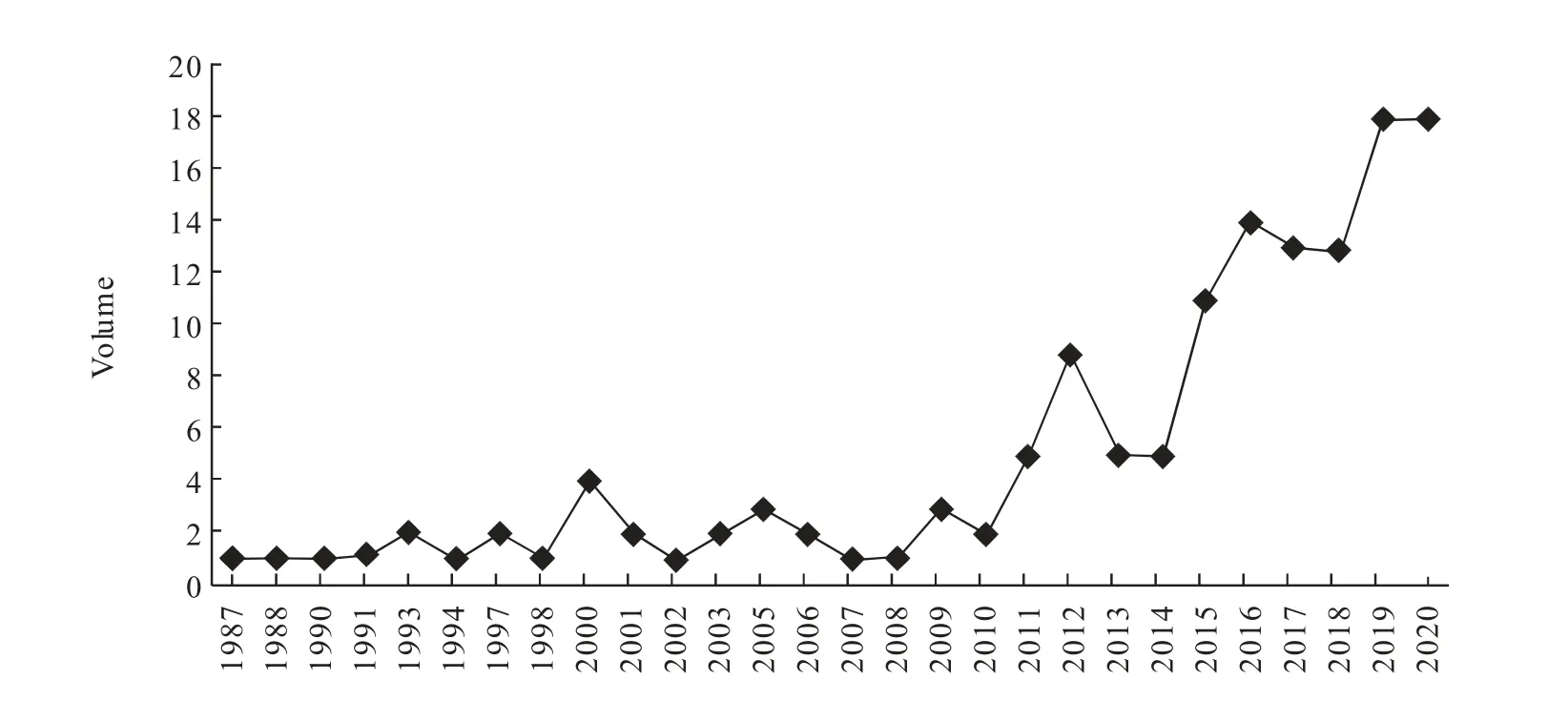
Fig. 1 Annual growth of papers on synthetic phenolic antioxidants included in CNKI database
As can be seen from Fig. 1, the number of articles published has shown a trend of gradually increasing since 2010. By 2019, the number of articles published has increased fourfold to 95, accounting for 70.4% of the total and 18 articles are expected to be published in 2020.
2.2 Keyword analysis
The keywords in the literature can reflect the content, methods and objects of the research. From the distribution of high-frequency keywords, we can see the focus of the research. The keywords in 82 research papers were searched and the synonyms were manually cleared according to the meaning of the keywords. Antioxidants, synthetic phenolic antioxidants, and high performance liquid chromatography have higher keyword frequency. When searching for words that are excluded, the characterization of synthetic phenolic antioxidants has the highest frequency of 8 words. According to the strain, type,function, resistance identification, structural analysis, and classification of metabolites, it can be seen from Fig.2 that the common anti-phenolic antioxidants are mainly concentrated in antioxidants and high-performance liquid chromatography. In addition, quantitative analysis, induced differentiation, etc. are also analyzed, and the subject words are classified by statistical methods. These search subject words can get visual analysis of the association between keywords.
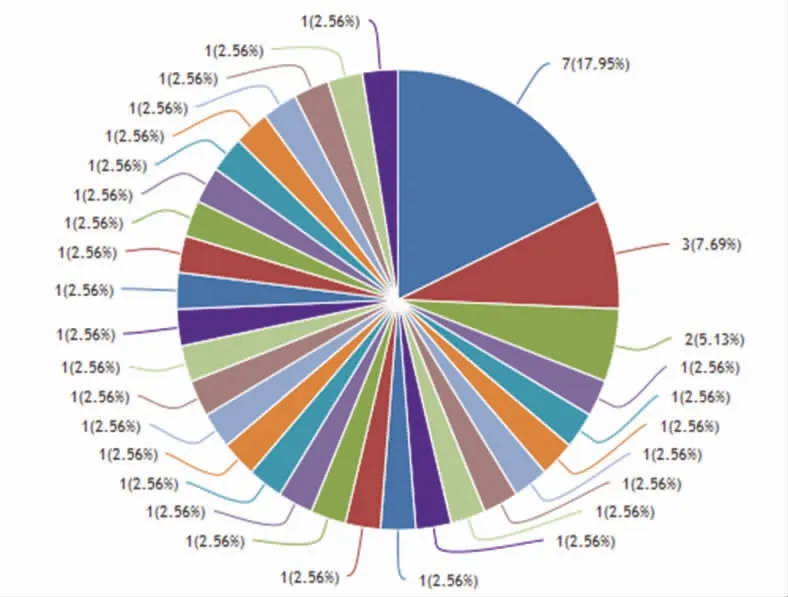
Fig. 2 The distribution of keywords
The keywords in the literature can reflect the content, method and object of the research. From the distribution of high-frequency keywords, we can see the key research direction. In this paper, 135 research papers were searched for key words, in which dental sealant,synthetic phenolic antioxidants,edible oils,high performance liquid chromatography and metabolites have high frequency of keywords. According to the 5 highest frequency keywords in the related research of synthetic phenolic antioxidants, a comprehensive analysis is carried out and Fig. 2 is obtained. As shown in Fig. 2, the synthesis of phenolic antioxidants is mainly focused on the synthesis of compounds, detection methods, chemical analysis, ecological effects and other aspects of research and so on.
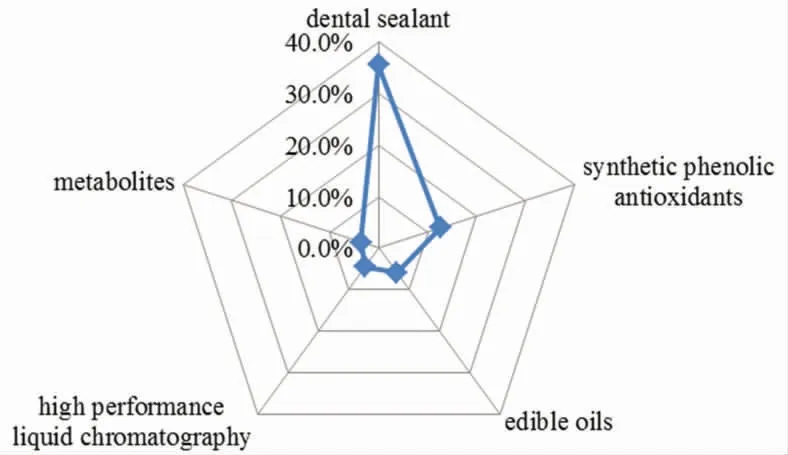
Fig. 2 The proportion of high-frequency keywords and the main research direction
2.3 Research field and periodical distribution
Based on the papers published in the main subject areas, field and periodical publications of the core statistical search in Chinese were carried out, and statistical analysis was conducted The publication of important source journals was collected and analyzed. The data show that the research papers involve multiple disciplines, of which analytical chemistry discipline is the most popular with 10 papers. They have received more attention in the field of environmental science, especially instrumental analysis.
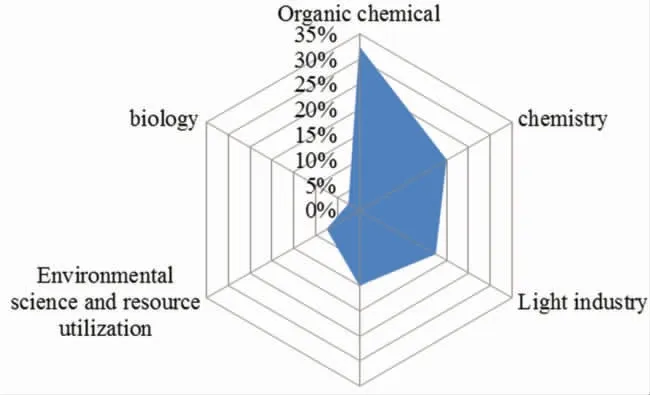
Fig. 3 The distribution of subjects in discipline
The authors selected 38 papers with high correlation to make a comprehensive analysis. Among them, 13 on Organic Chemical were published, accounting for 32.5% of the analysis papers; 8 are on Chemistry, accounting for 20.0% of the literature; and 7 are on Light industry, accounting for 17.5% .
2.4 Resource type distributio n
The synthesis of phenolic antioxidants is mainly divided into three research levels,which are research papers, reviews and information. Engineering technology and basic and applied basic research are the most important sources of publications. Published 8 papers, accounting for 0.10% of the total number of papers.
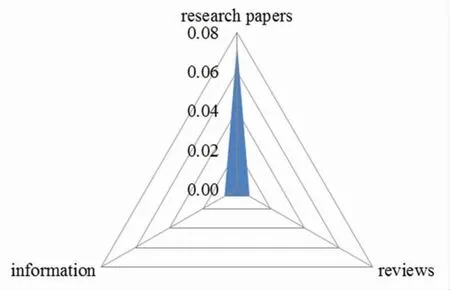
Fig. 4 The distribution of subjects in publication source
2.5 The analysis of author sources and research institutions
Statistical analysis of authors and research institutions shows that university research is leading the way in this field. Northeast Petroleum University and Kunming University of Science and Technology had the highest contribution rate, with a combined 0.03% ,followed by the University of Chinese Academy of Sciences and the Center for Ecological and Environmental Studies of the Chinese Academy of Sciences.
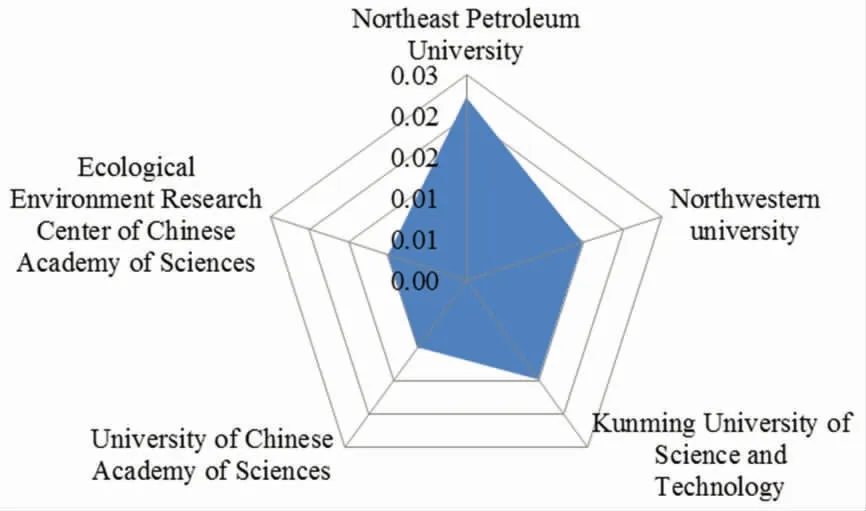
Fig. 5 The distribution of literature sources
2.6 The analysis of project fund sources
According to literature statistics, the source of funding is mainly from the National Science Foundation. Five papers are supported by the National Natural Science Foundation, accounting 0.04 %.Papers supported by local science funds accounts for 0.01 %.Other funds contribute even less.
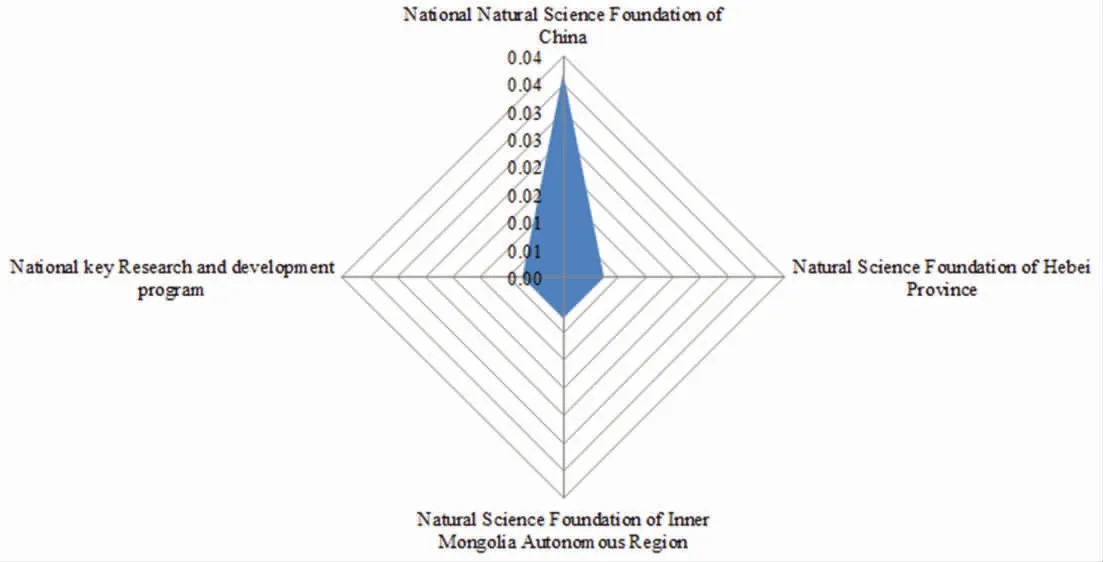
Fig. 6 The distribution of project fund sources
3 Expectation
The literature measurement research of a discipline may be influenced by the type of database, keywords, retrieval time, and statistical analysis tools.
In this paper, literature on synthetic phenolic antioxidants is analyzed by means of literature retrieval to help marine ecological environment researchers, marine fishery producers, marine environment monitoring departments and nutrition and feed research and development institutions. Production enterprises should understand and master the progress of domestic research on synthetic phenolic antioxidants, understand their key points and problems to be solved, strengthen academic exchanges, effectively cooperate in scientific research.
All data are from the CNKI database, but different retrieval conditions, may result in different studies. Due to the level of knowledge of the author in the research field, the analysis of the literature may have omissions, and further research is needed.
The present study is with uncertainty because of the following reasons: (1) the retrieval setting can not completely include the target literature, since different articles have many expressions of the same meaning, and the words are diversified; (2) Domestic scientific research literature database is continuously updated. New studies are emerging every day, and the research can only be locked in a specific time range. (3) The existence of error analysis, such as the confusion of different authors of the same name or the fact that the same author mistakenly taken as different authors.
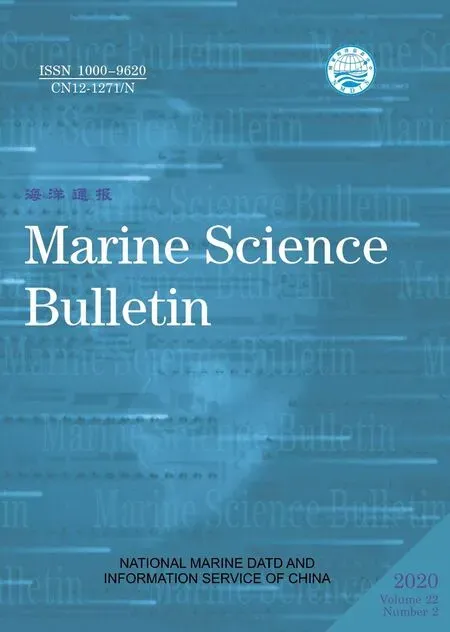 Marine Science Bulletin2020年2期
Marine Science Bulletin2020年2期
- Marine Science Bulletin的其它文章
- Community structure of planktonic copepods in artificial reefs of Wenchang,Hainan
- Analysis of antibiotic resistance genes and their effects on marine environment
- In situ measurements of benthic oxygen fluxes in Huiquan Bay of Qingdao by eddy correlation techniques:short term pattern variations in gravel beach
- Analysis of the wave propagation and the flow characteristics around cylinder due to dam break water
- Study on the climbing height of double solitary waves along an oblique embankment around Shantou city
- Climate change analysis of sea surface temperature in Chengshantou based on homogenized observatory array
